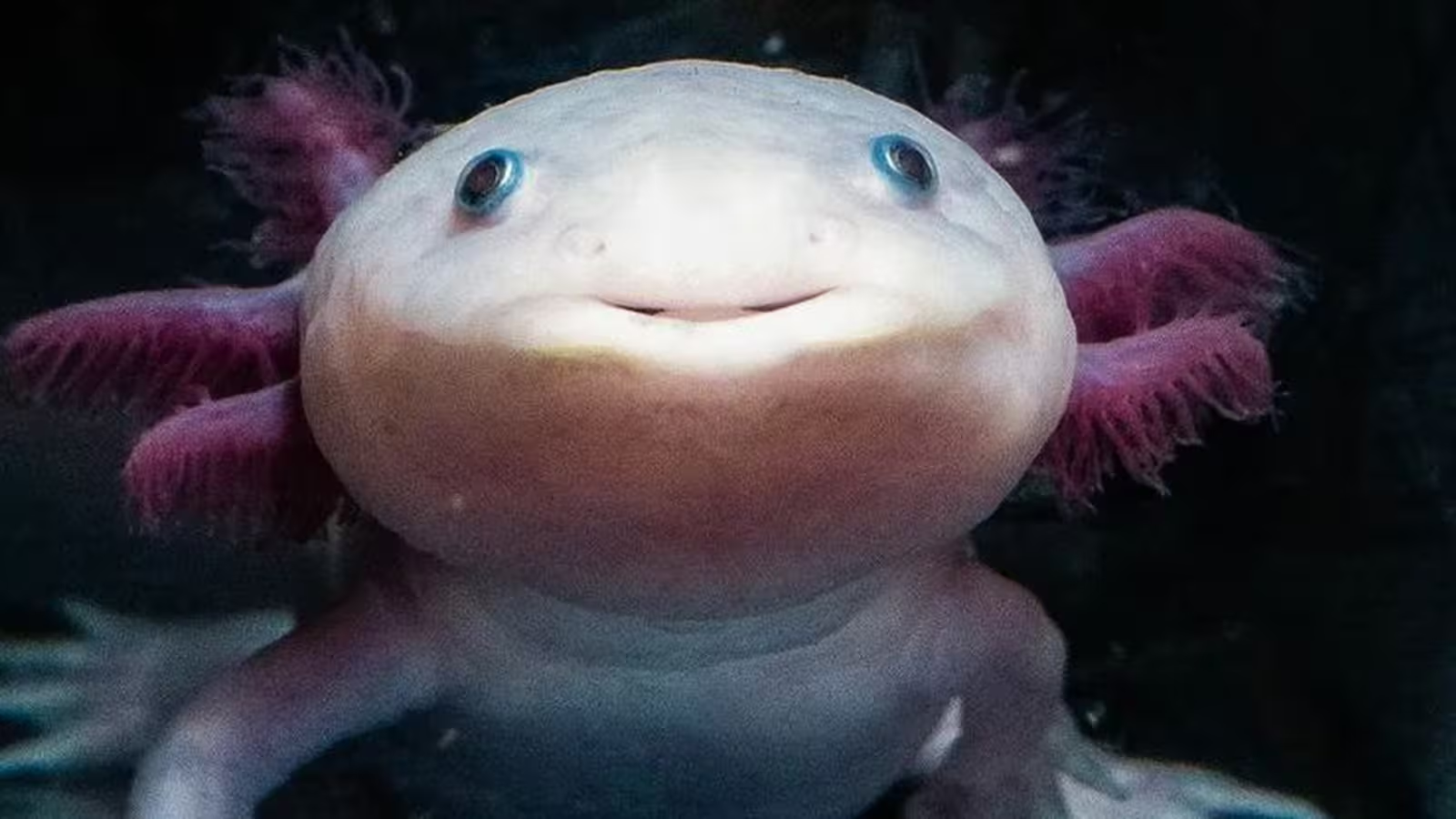3 Minutes
Unveiling the Secrets of Limb Regeneration in Axolotls
Axolotls (Ambystoma mexicanum), often referred to as Mexican walking fish, have fascinated scientists for decades due to their astonishing ability to regenerate lost limbs and even vital organs. This unique regenerative capacity stands in stark contrast to the limited wound-healing capabilities observed in humans, fueling ongoing research into the molecular mechanisms behind axolotl regeneration and its potential translation to human medicine.
Discovering a Molecular Regeneration Blueprint
In a cutting-edge study led by researchers from Northeastern University and the University of Kentucky, scientists have identified a key molecular player in axolotl limb regeneration—retinoic acid. This molecule plays a pivotal role in guiding the precise reconstruction of lost body parts, ensuring that regrown structures, like hands or arms, form accurately from the correct anatomical location.
How Retinoic Acid Orchestrates Regrowth
Retinoic acid isn't uniformly distributed throughout the axolotl's body. Instead, it forms a gradient, with higher concentrations near the shoulder and lower concentrations further out along the limb. Additionally, the enzyme responsible for breaking down retinoic acid exists in inverse proportions. This delicate molecular balance provides essential positional cues to regenerative cells at the injury site, instructing them on whether to produce only a missing hand, a full arm, or another structure entirely.
According to Dr. James Monaghan, a leading biologist on the team, "Axolotl cells are capable of interpreting these positional signals, allowing them to initiate correct regeneration based on their location, whether at the elbow, wrist, or shoulder."
Experimental Insights and Challenges for Human Application
The team’s experiments revealed that artificially increasing retinoic acid at an axolotl's regenerating hand prompted the animal to regrow an entire arm rather than just the lost segment. This surprising result underscores the molecule's powerful influence on limb development and regenerative programming.
While humans possess similar chemical pathways and cell types—such as fibroblasts—our response to injury typically results in the formation of scar tissue, limiting regenerative repair. The next stage of research will examine the intracellular processes triggered by retinoic acid signals, with the ultimate goal of uncovering why human cells fail to regenerate complex tissues the way axolotls do.
Dr. Monaghan notes, "If we can find a way to make human fibroblasts responsive to these regeneration cues, we could potentially unlock scar-free healing and even inspire the regrowth of lost fingers, or, perhaps in the future, entire hands."
Conclusion
This landmark study brings regenerative medicine one step closer to the long-standing dream of human limb regrowth. By understanding how axolotls harness retinoic acid to map out and rebuild complex structures, scientists are developing a molecular roadmap that could someday revolutionize treatments for severe injuries and amputations. While significant challenges remain, ongoing research into axolotl biology is illuminating a pathway toward advanced tissue regeneration and healing technologies for humans.



Comments